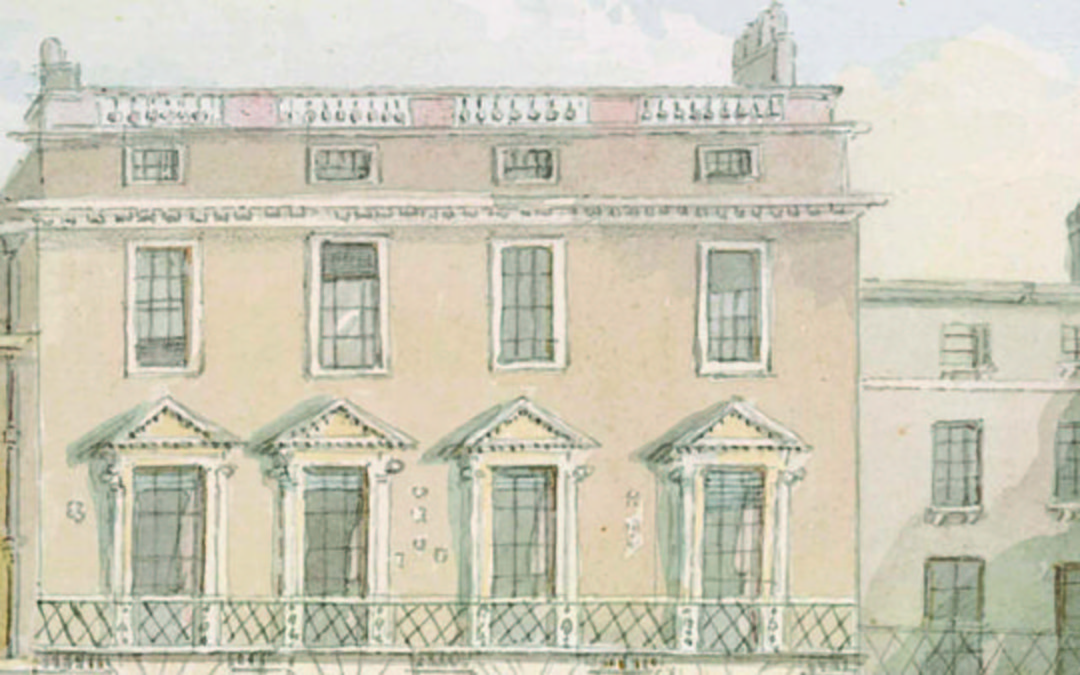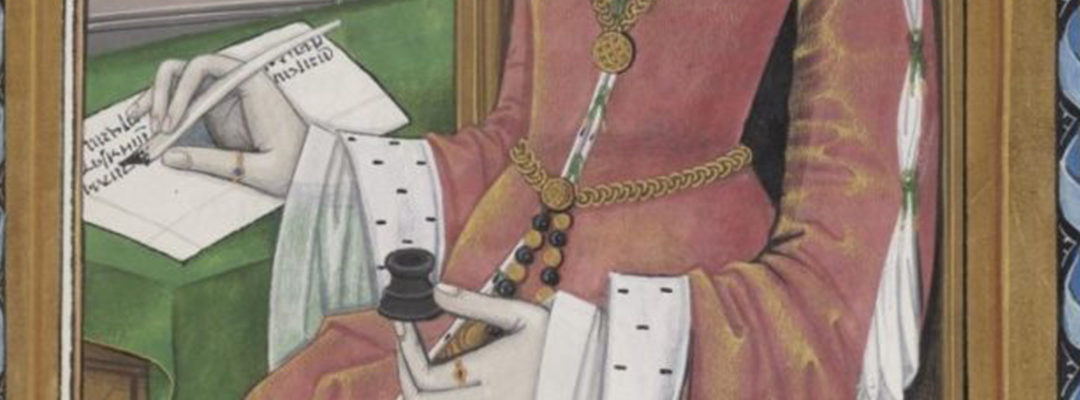
May 6, 2019
In this three part series, Amy Todd will explore the lives and work of key figures within peace activist networks in the UK. Each blog will tell the story of an activist contextualised within a key time for the women’s peace movement. The series will explore the...

Feb 15, 2019
By Diane Clements In 2018 Diane Clements graduated with an MRes from the Institute of Historical Research. Her 30,000-word dissertation looked at the workings of an eighteenth-century ‘tontine’, offering new insight on attitudes to private investment and...

Nov 29, 2018
By Anaïs Waag Until very recently medieval studies was dominated by the perception that women were actively kept away from political power – a notion we owe mainly to nineteenth-century historians. While there was undoubtedly a preference for male rulers throughout...

Oct 6, 2018
By Jo Fox Equal pay has long been at the heart of feminist activism. The struggle for enfranchisement was but one component of the suffragette’s campaign – equal pay was another, with Millicent Fawcett arguing for ‘equal pay for equal work’ in the Economic Journal in...
Mar 21, 2012
For digital offices, IHR Digital always seems to have a lot of paper products around. At the nexus of Reviews in History sits the Great Cham of reviewing, Danny Millum, with teams of assistants bringing copies of the latest history titles to his desk. The editors of...
Jan 4, 2012
I’m struck by the fact that in Volume 8 of English Historical Documents, both the documents which deal with Titus Oates concentrate on his physical appearance. Roger North’s Examen (document 397) describes him like this:He was a low man, of an ill-cut,...
We use cookies to ensure that we give you the best experience on our website. If you continue to use this site we will assume that you are happy with it.Ok





